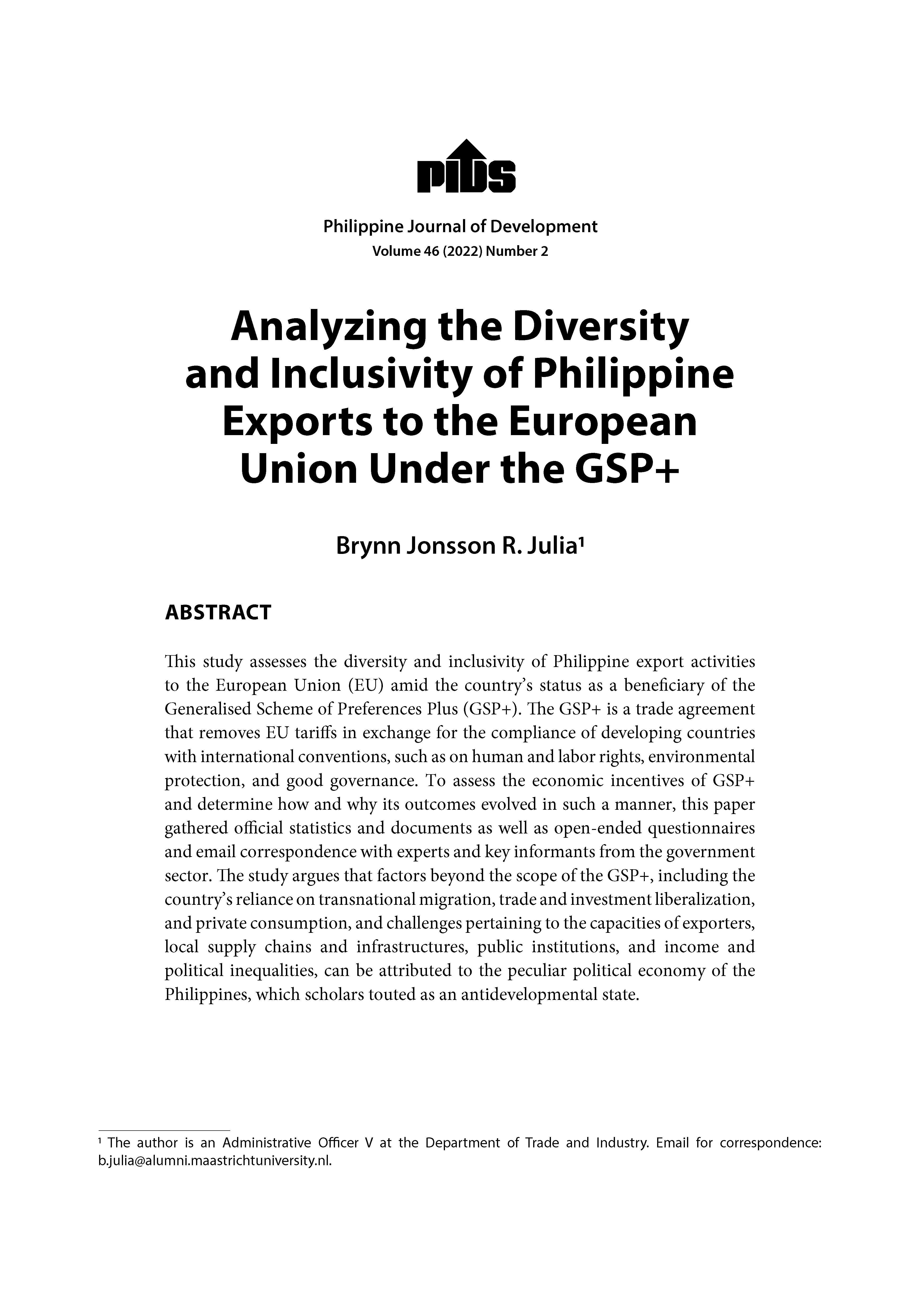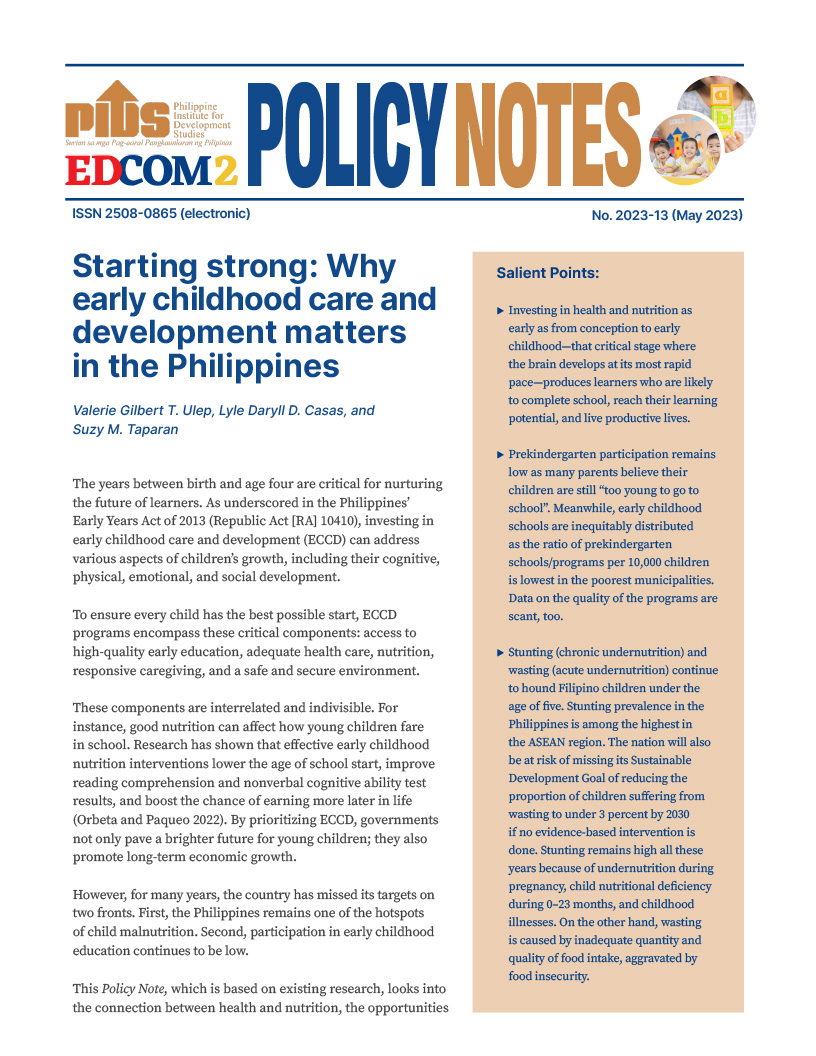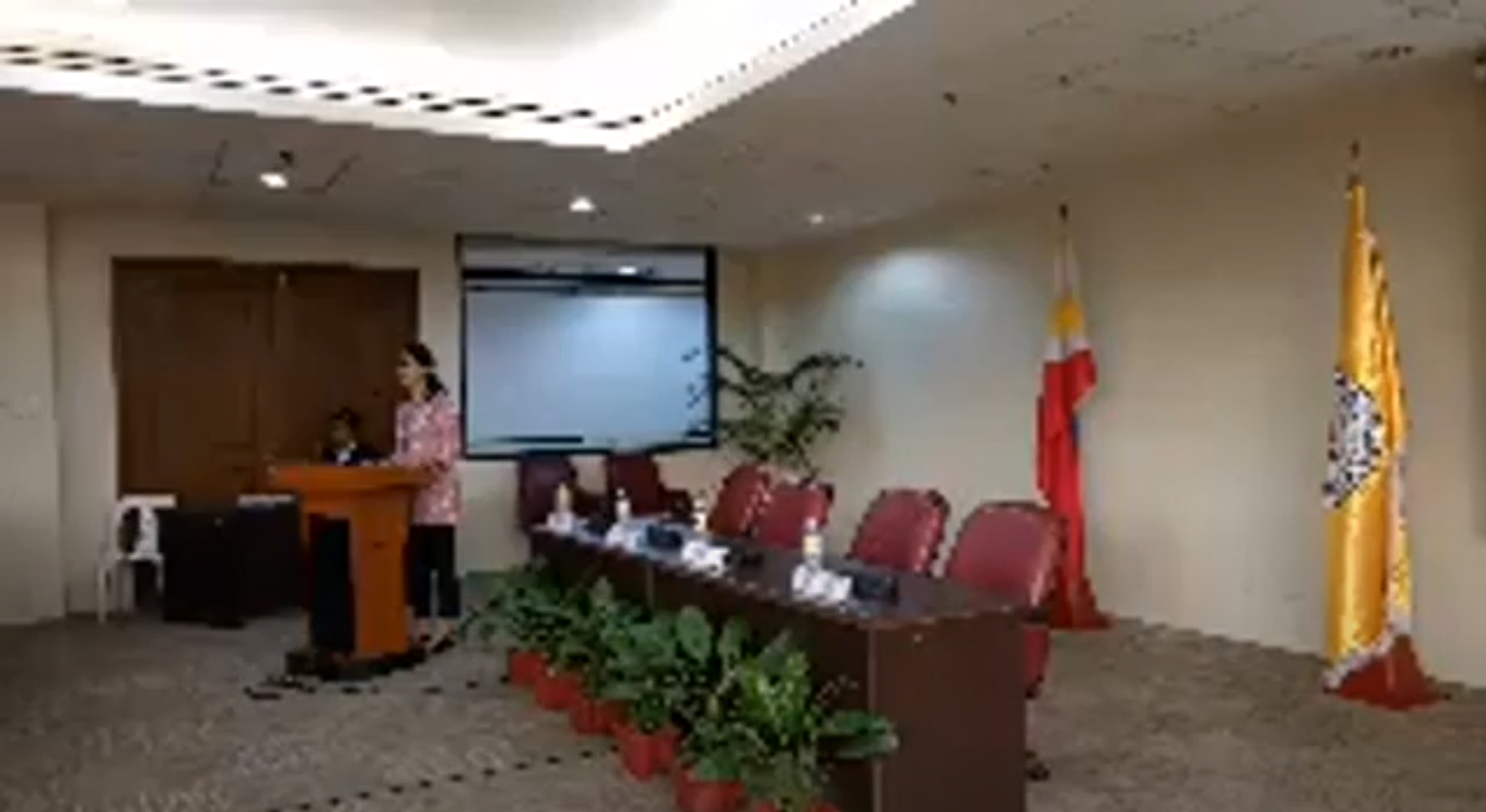A group of college professors, school staff and their supporters who call themselves The Coalition for K to 12 Suspension called on President Benigno Aquino 3rd to suspend the K to 12 program.
They vowed to challenge it before the Supreme Court "for failing to protect the labor rights” of affected teachers. Under the enhanced basic education program of the Department of Education–called K to 12 or Kindergarten plus Grades 1-12–a student will be required to undergo kindergarten, six years of elementary, four years of junior high school and two years of senior high school. The implementation of universal kindergarten began in school year 2011-2012, followed by a new curriculum for Grade 7 in school year 2012-2013.
School year 2016-2017 will mark the nationwide implementation of the Grade 11 curriculum, to be followed by the Grade 12 curriculum in school year 2017-2018. The Coalition for K to 12 Suspension filed in the Supreme Court on March 12 a petition seeking a temporary restraining order or writ of preliminary injunction against the program, according to Rene Tadle, who is also a convenor of the Council of Teachers and Staff of Colleges and Universities in the Philippines.
The group also held a mass action on May 9 to voice their opposition to the K to 12 curriculum. In a press briefing, Tadle said the K to 12 law failed to provide protection for the labor rights of the 56,771 teachers and 22,838 non-teaching personnel who stand to lose their jobs and their hard-won security of tenure as a result of the program.
Because of the additional two years of high school, very few incoming college freshmen are expected in 2016, the start of the transition period for the program, leaving college professors with little to do and opening up the possibility that colleges and universities would lay them off or reduce their teaching load. The loss of tenure also means the diminution of teachers’ benefits, which could lead to their underemployment and contractualization, Tadle said.
"Even before 2016, teachers and non-teaching staff, together with their families and dependents, have been suffering from undue stress, anxiety and anguish, brought about by the specter of early separation, forced retirement, constructive dismissal, diminution of salaries and benefits, labor contractualization, and general threat to self-organization,” Tadle said, reading from the coalition statement. But teachers cannot be laid off just like that. Indeed, no company is allowed to lay off employees in lieu of anticipatory loss as it would be in violation of Article 283 of the Labor Code.
Teachers who would be laid off because of the K- 12 implementation have a legitimate case or grievances. In a previous column I mentioned how some have no freshmen enrollees in school years 2016-2017 and 2017-2018.
The decreased enrollment is expected to carry over in the next three years or until school year 2020-2021, Cocopea said. The Council of Teachers and Staff of Colleges and Universities said that based on their estimates, universities and colleges will lose 500,000 freshman college enrollees and more than 300,000 sophomore college enrollees once the implementation of the senior high school program starts in 2016. What happens if the Supreme Court finds favor with The Coalition for K to 12 Suspension’s petition to stop the K-12 curriculum? As of now, it is already being implemented. Another important question is whether the government can find the P30 billion a year it needs to spend until 2020 to meet the public classroom and staffing needs for the K to 12 Program.
That is how much it needs according to a recent study released by the Philippine Institute for Development Studies (PIDS). In a policy note, titled "K to 12 reform: Implications of adding Grades 11 and 12 on the higher education sub-sector,” PIDS senior research fellow Rosario G. Manasan said the government must add some 23,812 classrooms and 38,708 teachers for school year (SY) 2017 to 2018 period. "The budgetary support needed for the SHS [senior high school]program is estimated to be equal to P27 billion in SY 2015-2016, P37 billion in SY 2016-2017, P28 billion in SY 2017-2018, and an average of P33 billion over the SY 2018 [to] 2020 period,” Manasan said.
Obviously, K to 12 can’t work without teachers to teach subjects or classrooms to hold classes in. There are so many kinks to the K to 12 curriculum that the government has to iron out and I hope President Aquino doesn’t just kick the can to the next administration. //






